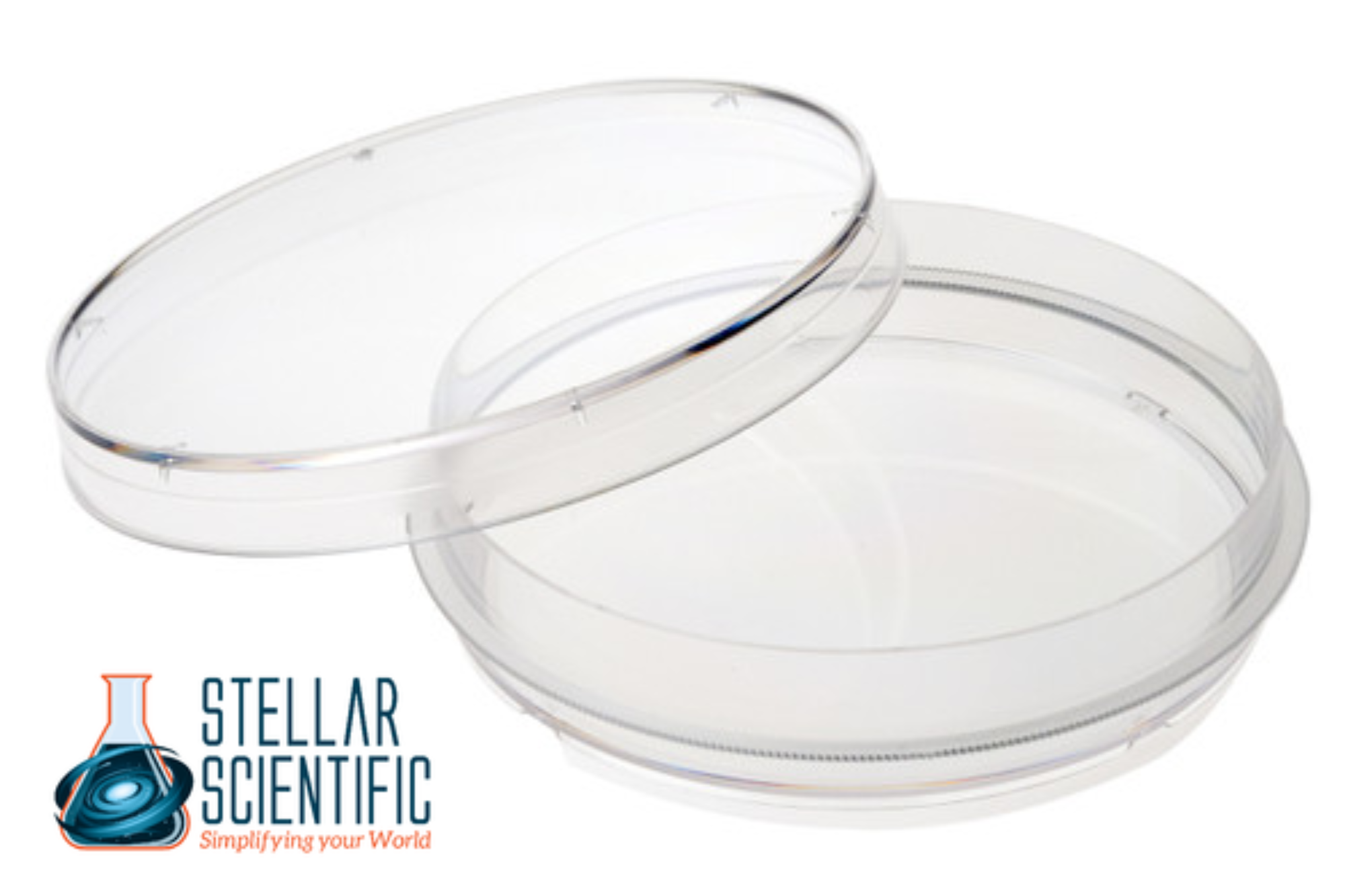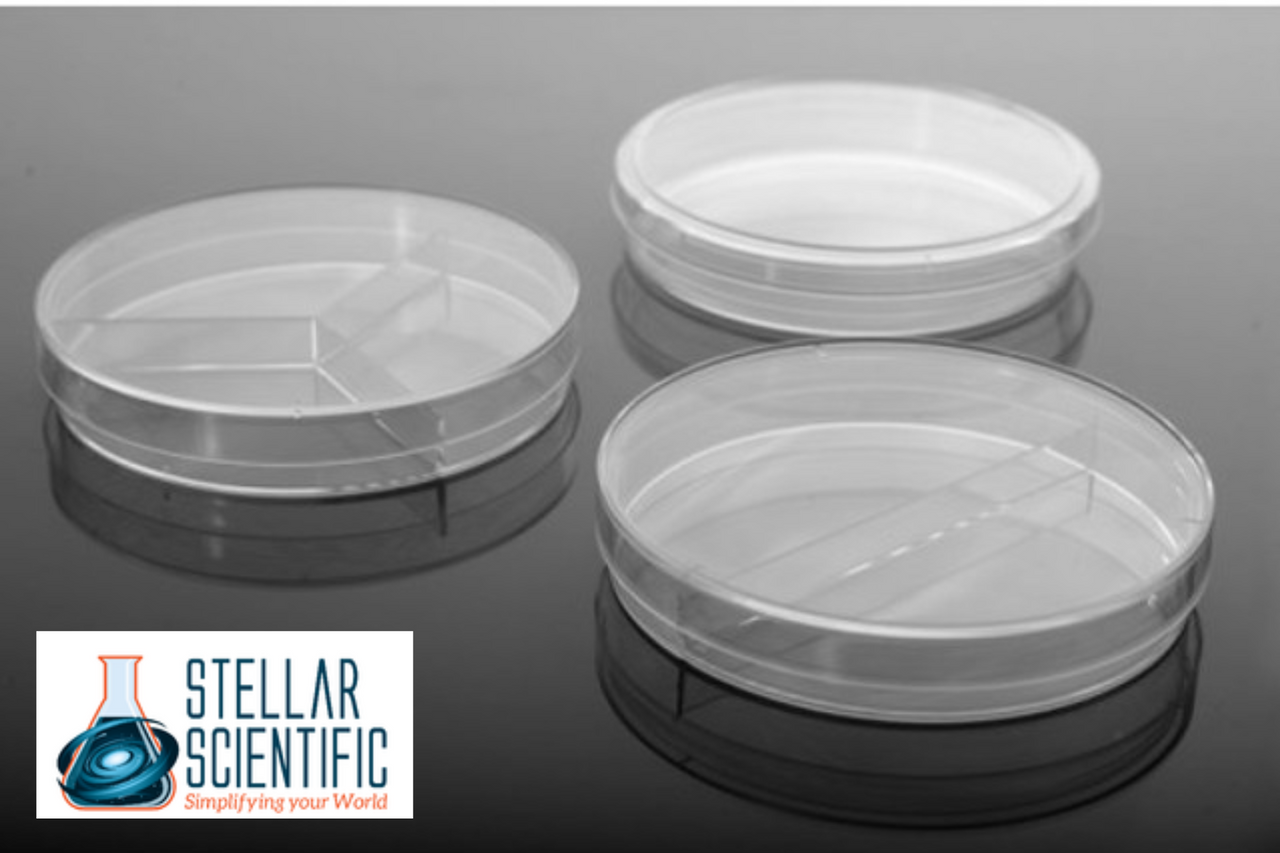Petri dishes may seem like simple laboratory tools, but they are fundamental to the progress of modern science. Used in everything from microbiology research to pharmaceutical development, these shallow, cylindrical containers play a critical role in growing, observing, and experimenting with microorganisms and cells. Whether you're a student, researcher, or lab manager, understanding the importance of Petri dishes can help you appreciate the backbone of countless scientific discoveries.
What Is a Petri Dish?
A Petri dish is a flat, round container typically made of glass or clear plastic with a loose-fitting lid. It is named after German bacteriologist Julius Richard Petri, who invented it in 1887 while working with Robert Koch. Its simple yet effective design allows scientists to culture cells or microorganisms in a controlled environment.
Petri dishes are most often associated with microbiology, where they are used to culture bacteria, fungi, or yeast. However, their use extends into many other areas of science, including cellular biology, pharmacology, environmental science, and education.
Why Are Petri Dishes So Important in Science?
The main value of lab Petri dishes lies in their ability to create an ideal environment for growth and observation. Scientists can introduce a nutrient-rich substance, usually agar, to the base of the dish to support microbial growth. Once a sample is placed on the medium, the dish is sealed and left to incubate under specific conditions, allowing researchers to study microorganisms in a controlled setting.
Petri dishes enable researchers to:
- Isolate organisms: Researchers can separate individual microbial colonies to study them more easily.
- Test hypotheses: Scientists use them to observe the effects of various substances, like antibiotics or disinfectants, on microbial growth.
- Identify contamination: In both clinical and industrial settings, Petri dishes help monitor contamination in air, water, surfaces, or equipment.
- Teach and train: In educational settings, Petri dishes provide hands-on experience with basic lab techniques.
What Is Typically Grown in a Petri Dish?
The most common use for a Petri dish is the cultivation of microorganisms. Scientists can grow a wide range of species depending on the type of agar used:
- Bacteria: With nutrient agar or selective media, researchers can grow and identify different bacterial strains.
- Fungi: Sabouraud agar supports the growth of molds and yeasts.
- Plant cells: Some Petri dishes are used in plant tissue culture to grow calluses or regenerate plants from small tissue samples.
- Animal cells: Specialized dishes may support the growth of eukaryotic cells for research in genetics, cancer, or virology.
Types of Petri Dishes
Not all Petri dishes are the same. Depending on the experiment or application, scientists may choose from several types:
Disposable Plastic Dishes
These are commonly used in high-throughput labs or clinical settings. They are made from polystyrene, which is optically clear for better visibility. After use, they are typically autoclaved and discarded.
Glass Petri Dishes
Reusable and heat-resistant, glass dishes are favored in research labs where sterility and sustainability are priorities. They can be sterilized and used repeatedly.
Vented Petri Dishes
These have small notches in the lid to allow better airflow, reducing condensation while maintaining sterility. They’re ideal for experiments requiring oxygen exposure.
Compartmentalized Dishes
Used to compare multiple samples side-by-side in a single dish, these are helpful for drug testing or analyzing different variables in one experiment.

Common Media Used in Petri Dishes
The most well-known medium is agar, a gelatinous substance derived from red algae. Depending on the nutrients added to the agar, the medium can support different organisms or be used for different applications:
- Nutrient Agar: General-purpose for growing many types of bacteria.
- MacConkey Agar: Selective for Gram-negative bacteria.
- Blood Agar: Used to detect hemolytic activity.
- Sabouraud Agar: Encourages fungal growth.
Each type of agar has a specific purpose, and choosing the right one ensures accurate and efficient results.
Sterility and Safety Considerations
Because sterile Petri dishes are used to grow live organisms, maintaining a contaminant-free environment is critical. Any exposure to unwanted microbes can interfere with results, invalidate data, or even pose safety risks. That’s why proper technique, personal protective equipment, and strictly sterile conditions are essential when working with these dishes.
Used Petri dishes must be disposed of correctly—typically through autoclaving and safe disposal—to prevent the spread of pathogens. In laboratories, biosafety protocols guide how to handle cultures based on their risk level.
Applications Beyond the Lab
Petri dishes aren’t limited to research labs. They’re also widely used in:
- Healthcare: Clinical labs use Petri dishes to identify infections and test antibiotic resistance.
- Pharmaceuticals: Drug development often starts with cell cultures and microbial assays.
- Environmental testing: Water and soil samples are cultured to monitor pollution or track pathogens.
- Food safety: Petri dishes are used in quality control to detect contamination in food processing environments.
The Future of Petri Dishes
With advances in materials and automation, Petri dishes are becoming even more integral to scientific progress. Modern variations include smart dishes with integrated sensors or QR codes for digital tracking. In high-throughput settings, robotic systems can handle and analyze dozens of dishes at once, accelerating research and minimizing human error.
Meanwhile, 3D cell culture is pushing the boundaries of what Petri dishes can do. Researchers are developing new formats that mimic the complex architecture of living tissue, providing better models for drug testing and disease research.
About Stellar Scientific
At Stellar Scientific, we’re committed to supporting scientific discovery with top-quality lab equipment and supplies. Whether you're conducting cutting-edge research or managing a clinical lab, we provide everything you need to keep your work running smoothly—from Petri dishes and culture media to lab instruments and safety gear. We proudly offer products from trusted manufacturers, fast shipping, and personalized customer service to meet the demands of modern laboratories.


